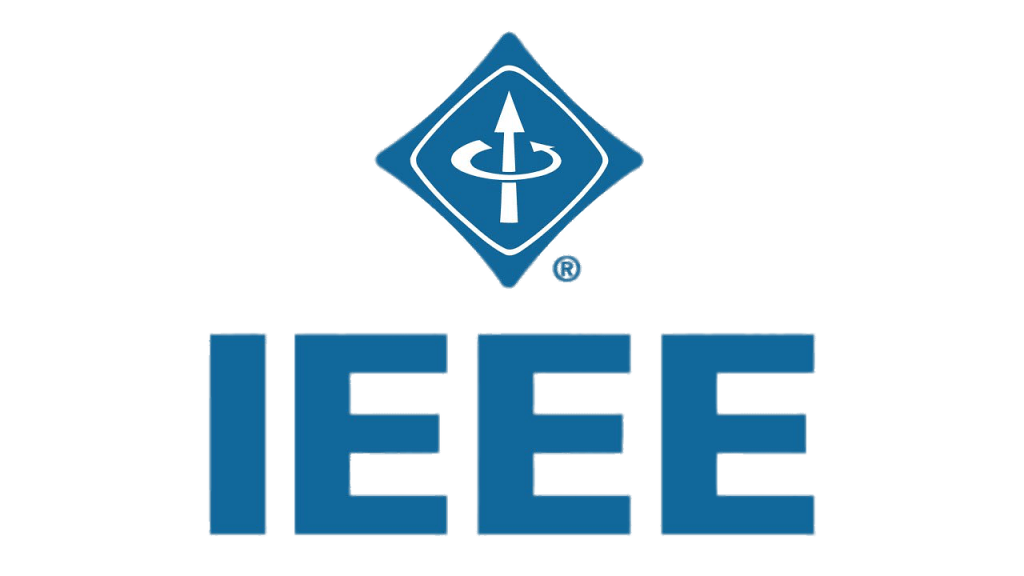
A non-profit organization, IEEE is the world’s leading professional association for the advancement of technology.
IEEE is the world’s largest technical professional organization dedicated to advancing technology for the benefit of humanity. IEEE and its members inspire a global community through its highly cited publications, conferences, technology standards, and professional and educational activities. The IEEE name was originally an acronym for the Institute of Electrical and Electronics Engineers, Inc. Today, the organization’s scope of interest has expanded into so many related fields, that it is simply referred to by the letters I-E-E-E (pronounced Eye-triple-E). For more information , visit : IEEE.org
IEEE Quick Facts
Through its global membership, IEEE is a leading authority on areas ranging from aerospace systems, computers and telecommunications to biomedical engineering, electric power and consumer electronics among others.
Members rely on IEEE as a source of technical and professional information, resources and services.
To foster an interest in the engineering profession, IEEE also serves student members in colleges and universities around the world.
Other important constituencies include prospective members and organizations that purchase IEEE products and participate in conferences or other IEEE programs.
IEEE has:
- Over 427,000 members in more than 190 countries, more than 64 percent of whom are from outside the United States
- More than 145,000 Student members
- 344 Sections in ten geographic Regions worldwide
- 2,702 Chapters that unite local members with similar technical interests
- 3,700 Student Branches at colleges and universities in over 100 countries
- 3,625 Student Branch Chapters of IEEE technical Societies
- 634 affinity groups; IEEE affinity groups are non-technical sub-units of one or more Sections or a Council. The affinity group patent entities are the IEEE-USA Consultants Network, Young Professionals (YP), Women in Engineering (WIE), Life Members (LM), and IEEE Entrepreneurship
Last updated December 2022 on IEEE Official Website
IEEE:
- Has 39 technical Societies and seven Technical Councils representing a wide range of IEEE technical interests
- Has more than 5 million documents in the IEEE Xplore® digital library, with more than 15 million downloads each month
- Has an active portfolio of 1,032 standards and more than 1,045 projects under development
- Publishes more than 200 transactions, journals, and magazines
- Sponsors more than 2,000 conferences and events in 106 countries while contributing over 4 million total conference papers to IEEE Xplore since 1936, with more than 200,000 new papers added annually
Memberships
There are over 427,000 IEEE members in over 190 countries, more than 64 percent of whom are from outside the United States. IEEE members are engineers, scientists, and allied professionals whose technical interests are rooted in electrical and computer sciences, engineering, and related disciplines.
The highest grade of membership, IEEE Fellow, is attained through nomination by peers and approval by the IEEE Board of Directors for distinction in the profession.
Communities
As the world’s largest technical professional organization, IEEE offers a number of ways to get involved with technical and local communities. These communities are active participants in research and authorship, conferences, and important conversations about today’s most relevant technical topics locally and globally.
With 39 technical Societies, ten geographic Regions that host over 10,000 local meetings annually, several affinity and special interest groups, humanitarian opportunities, and virtual communities and private groups through IEEE Collabratec®, IEEE offers ample opportunity to network and grow professionally through communities.
IEEE Mission & Vision
Mission
IEEE’s core purpose is to foster technological innovation and excellence for the benefit of humanity.
Vision
IEEE will be essential to the global technical community and to technical professionals everywhere, and be universally recognized for the contributions of technology and of technical professionals in improving global conditions.
